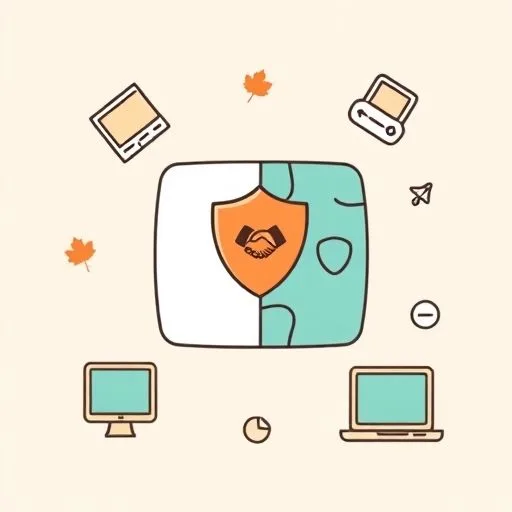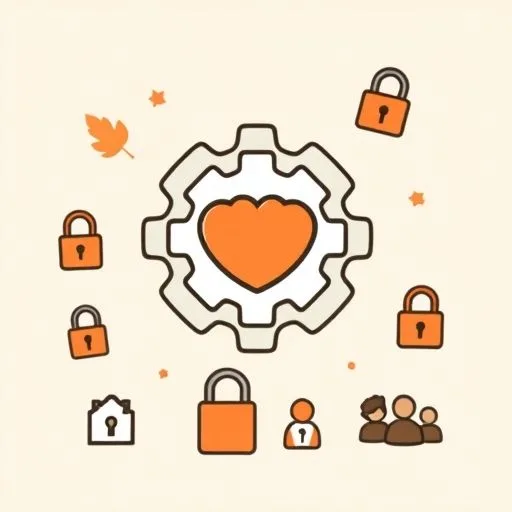
When your child’s first device moment arrives, it feels like a new frontier. Every tap and swipe brings wonder—and a quiet hitch in your breath. How do we let them explore freely while keeping them safe? It’s not just about setting rules; it’s about building bridges that stay strong when the digital storm hits. Let’s walk through this together, no judgment, no perfect solutions—just practical steps that honor both their curiosity and your heart.
The Conversations That Make the Difference

We all know we should talk to our kids about online risks—but where to start? Let’s be real—a big ‘safety talk’ can feel totally overwhelming, right?
But what if small moments add up? Ask casually during a drive: ‘Did anything weird happen on that app today?’ or ‘Who did you meet in that game?’ Normalizing these talks melts the awkwardness.
When kids see questions as a way to learn, not a trap, they’ll come to us when things get tough. Remember: Would you send them out without a warning about strangers? Then why do it online?
Making safety part of daily life, not a one-time lecture, is how trust grows.
Parental Controls—Just a Piece of the Puzzle

Blocks and filters have their place—it’s like a seatbelt for the digital world. But if we rely only on tech, it’s like hoping a sign stops traffic.
Here’s the real magic: it’s tools PLUS coaching! That combo? It’s unbeatable! For example, setting up a shared device policy together. ‘Let’s pick the safe apps and limits as a team.’ This way, kids don’t feel spied on; they feel heard.
It’s their agency, not our control. And studies say over 40% of teens would adjust behavior if they knew parents were checking—it’s powerful when done with open eyes.
Let’s build partnerships, not prisons.
Turning Privacy Settings into Family Time

Privacy settings feel technical? Here’s a trick: make it a game. ‘Let’s see how many layers of safety we can add together!’ Turn each setting into a small adventure.
‘These friends-only tags mean only people you know can message you—it’s like your own invisible fence.’ Suddenly, it’s not a chore; it’s teamwork.
Even better, when you walk them through it, they learn to manage their own space. Because teaching them how to protect themselves beats blocking everything.
It’s the difference between giving them a map and keeping them in the house.
Empathy Is the Ultimate Shield

Sure, cyberbullying and fake news grab headlines—but let’s not forget kindness. Every comment they write, every story they share, shapes someone else’s day.
When you catch them mocking someone online, pause. ‘Hey, how would you feel if that was said to you?’ Simple questions like this ripple love into their digital habits.
After all, the safest online world is the one where everyone respects each other. That’s not just a rule—it’s a way of being. And teaching it starts now.
The Quiet Confidence We Build

Here’s the truth: we can’t control every scrap of the digital world. But every time we choose connection over control, trust over tears, we’re building a stronger safety net.
Those daytime nudges about sharing personal info, bedtime chats about rules, and family tech check-ins—they’re all stitching together a future where our kids feel safe enough to ask for help.
It’s not always easy, but when you see them learning to navigate with confidence? That’s worth every effort.
Because the quietest strength comes when they know they’re not alone in this new world. It’s like that new tech I read about—AI making dangerous jobs safer. We’re doing the same for our kids’ online world.
